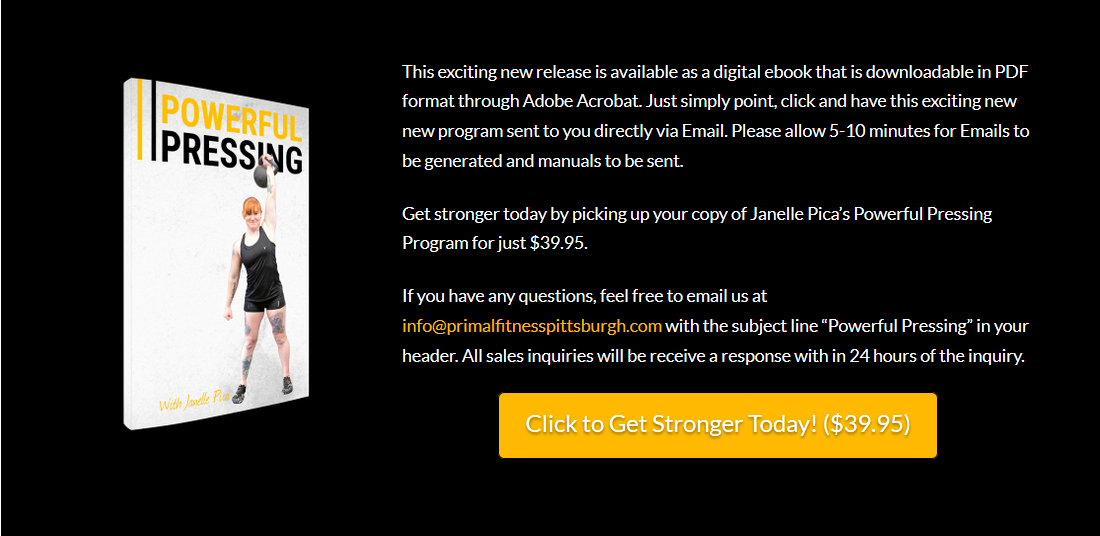Outside of the single arm military press, the pistol squat is arguably my favorite lift. In my opinion, there is no other lift that truly demands mastery of mobility, stability and strength other than the pistol. The amount of control and precision you need for the pistol is remarkable, but don’t let the one legged squat intimidate you and stop you from attempting it. Mastering the pistol is more about priming your body to sustain the lift itself, the rest is just programming for the added fun of the super heavy 1 rep max. I have recently earned the nickname as “Queen of the Pistol” from some twitter friends due to my recent 32kg pistol squat (which I will release here later this week on the blog). My hope for you over this next week is to help you understand what truly is required to master the pistol and set you up with a course of action to do that which may seem impossible.
So. . .let’s get down to work here shall we?

Perhaps the biggest MISTAKE I see when newbies venture off into the world of pistol training is the lack of mobility work and body weight pistol practice before adding weight to the lift. To be honest, you can easily do a light weight pistol squat with a 10 pound counter balance because, well. . it’s a counter balance that will help you anchor yourself down to the bottom of your pistol, or “into the hole” so-to-speak. However, this can be particularly deceiving to your body. Counter balance weights don’t teach your body how to balance your own body weight well nor will they help you understand how to properly move well or how to contract the correct muscles you need to anchor yourself down and out of the pistol. I am a fan of starting with “naked pistol training”, or body weight only squats before ever touching a weight. If you can dial in your mobility and tension, your 1 rep max goal will become a reality. Believe it.
In order to master the pistol squat, we must maintain our balance while increasing our strength. Let’s break this all down step by step. To start, tight hip flexors can cause your knee to cave inward, causing you to wobble to the point of losing your balance during the pistol itself. Be sure to stretch them out properly before practicing the squat. The mother of all hip flexor stretches was something I refer to as “The L-Stretch” that I was taught at my Level II RKC by Master Level RKC Kiera Newton. Trust me, this works like a charm! Here’s a video below of how to perform this stretch to increase your hip mobility.
There are a few other things you are going to want to be aware of here in terms of the upper leg. Tight quads, glutes, and hamstrings are going to make it extremely difficult for you to anchor yourself down to the bottom of your pistol, let a lone getting back up out of the squat. I highly recommend using a foam roller to roll out any knows in your hamstrings or quads and to help relax the muscles. Ankle mobility is also important when working the pistol. If you ankles are too stiff to rotate around comfortable or even maneuver back and forth, you will notice yourself wobbling on your foot at the very bottom of your pistol. Tight ankles will feed into tight calf muscles and the ripple effect can very easily travel up the rest of your leg. By just doing some basic ankle mobility drills will help your body better sustain this particular lift. Here’s some simple but effective ankle rolling drills below.
Remember; make sure you’re stretched and ready to go before working on the strength. Unnecessary tension will only hinder your form and lead to a possible injury. And we obviously want you hurting yourself. We want you to NAIL the pistol squat, and trust me, you will by following these simple little tips! On Wednesday, we are going to dive into technique training for your body weight pistol when we combine our mobility practice with some fun little biofeedback cues for your body. Stay tuned for that! Until next time. . .
Master your instincts!
